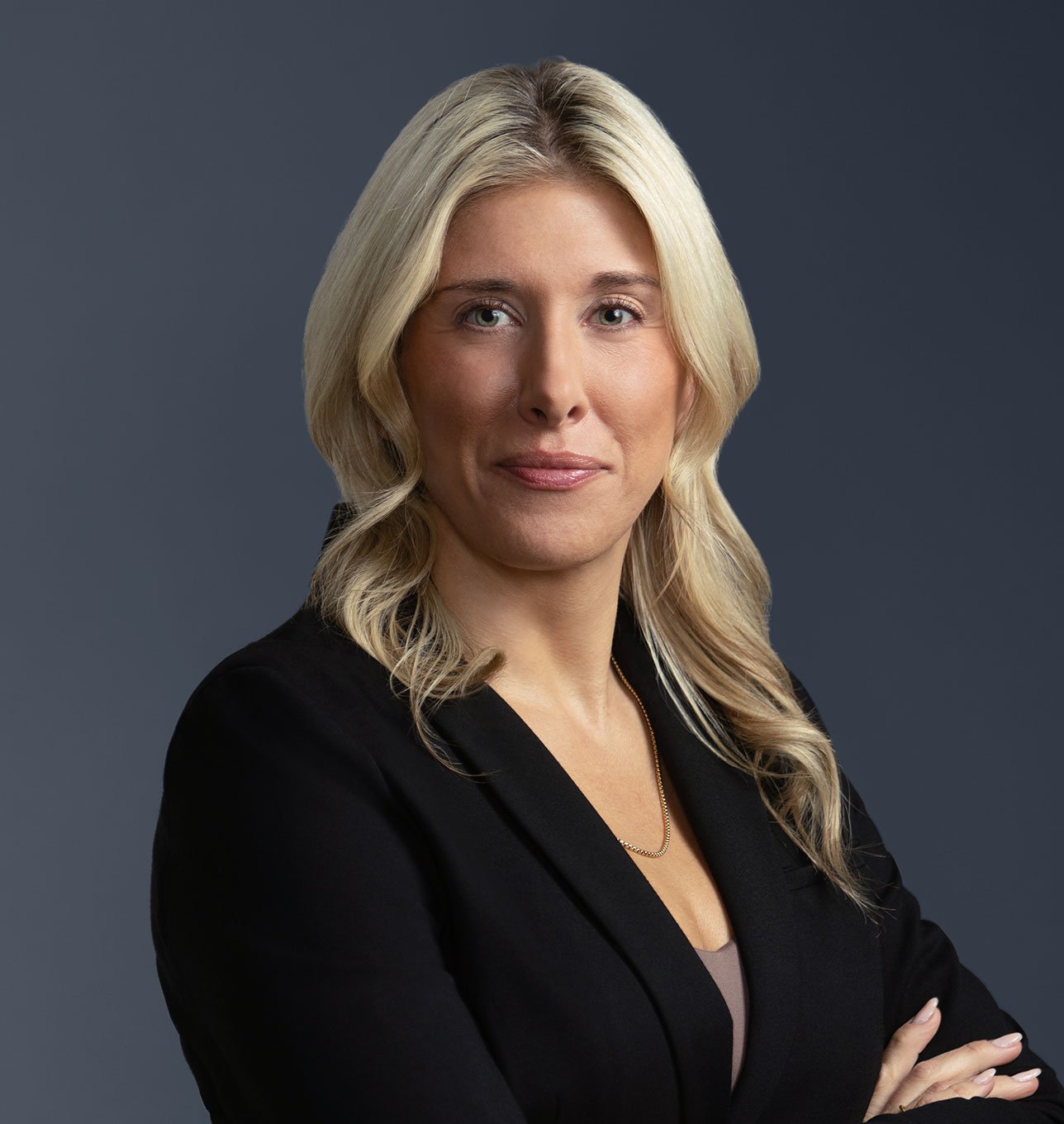US NAIC Summer 2024 National Meeting Highlights: Third-Party Data and Models (H) Task Force
The Third-Party Data and Models (H) Task Force (the “Task Force”) of the US National Association of Insurance Commissions (“NAIC”) held a meeting on August 13, 2024 at the NAIC’s Summer 2024 National Meeting. The Task Force is a newly established task force under the Innovation, Cybersecurity and Technology (H) Committee that held its inaugural meeting this past March at the NAIC’s Spring 2024 National Meeting.
With the increasing use of third-party models by insurance companies, the Task Force has been charged with considering whether the existing insurance regulatory framework is sufficient or whether a new framework needs to be developed. To that end, the Task Force has held a series of calls to hear from experts on different aspects of the current insurance regulatory framework. At the NAIC’s Summer 2024 National Meeting, the Task Force heard four additional presentations, which are summarized below.
- Financial: Multistate Exams, Group Exams, and Audits: Amy Malm from the Wisconsin Office of the Commissioner of Insurance explained the two main types of regulatory examinations that insurance companies undergo: financial condition exams and market conduct exams. She also described the audit requirements applicable to insurance companies.
- Property/Casualty (P/C) Risk-Based Capital (RBC) Catastrophe Approvals: Tom Botsko from the Ohio Department of Insurance and Wanchin Chou from the Connecticut Insurance Department presented on how regulators evaluate catastrophe risk. The speakers summarized recent updates and challenges with catastrophe (“CAT”) risk modeling by types of peril, such as earthquakes, hurricanes, and emerging perils such as wildfire, severe convective storms, and floods. The speakers also provided an overview of CAT model regulation, including the challenges associated with CAT models versus generalized linear models (“GLM”). The speakers highlighted that CAT models are used to model events with low frequency and high severity, whereas predictive models such as GLM are used to model events with high frequency and low severity. As a result, the regulatory concerns are different. For CAT models, there is a focus on data governance and model application, while the focus for predictive models is on secondary and credibility assumptions.
- Actuarial Statements of Actuarial Opinion: Christian Citarella from the New Hampshire Insurance Department and Rachel Hemphill and Miriam Fisk from the Texas Department of Insurance presented on the roles and responsibilities of appointed actuaries and the statements of actuarial opinion provided by such appointed actuaries for insurance companies. The presentation outlined the qualifications and professional standards for the appointed actuary, who must provide an annual opinion on the adequacy of reserves and other liabilities. The presentation highlighted the opinion-related reports and filings that the appointed actuary must prepare and submit to the regulators, such as the actuarial memorandum, the actuarial report, and the actuarial opinion summary. Notably, the presentation highlighted the authority of state insurance commissioners to specify methods and assumptions for an acceptable opinion, or to engage a new actuary if the opinion or the memorandum is unacceptable.
- Market Conduct: Advisory Organization vs. Multistate Examinations: Erica Weyhenmeyer from the Illinois Department of Insurance, who serves as chair of the Advisory Organization (D) Working Group (“AOWG”) and Market Actions (D) Working Group, presented on the examination process for advisory organizations. The presentation provided an overview of the frequency and scope of examinations and annual reviews performed on licensed national advisory organizations. AOWG currently conducts examinations of eight national companies, although AOWG is currently considering the inclusion of eleven new organizations in the list of national advisory organizations monitored by AOWG.
After the presentations, the Task Force Chair, Michael Conway, clarified that the Task Force’s work would focus on two steps: (1) use of a risk-based approach to determine which types of model warrant a higher level of regulation; and (2) determination of what the higher level of regulation should look like. Chair Conway also highlighted the need to keep such regulation efficient while addressing the concerns raised about the insurance industry’s use of third-party models.
To view additional updates from the US NAIC Summer 2024 National Meeting, visit our meeting highlights page.








